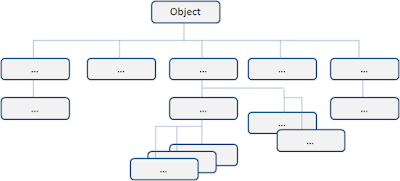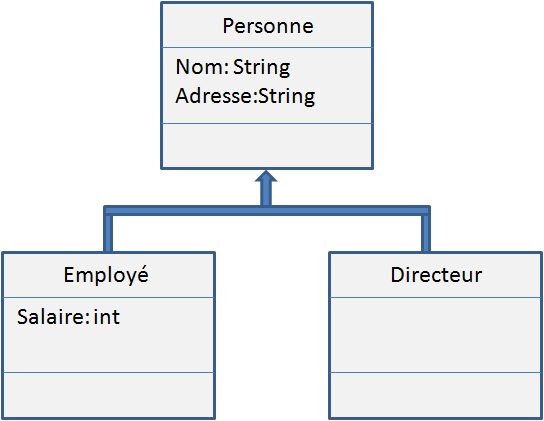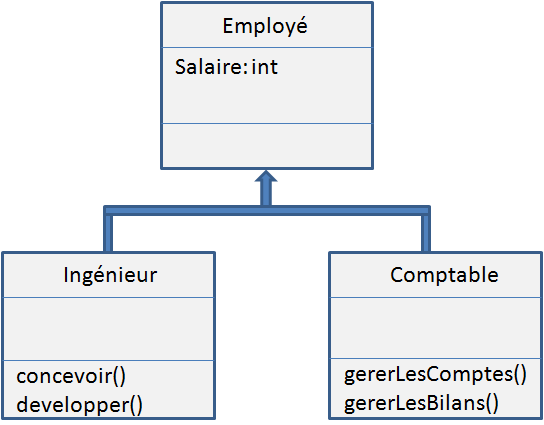java에서 상속에 사용되는 키워드는 extends입니다. 다중 상속은 금지되어 있지만 인터페이스에는 허용됩니다.
The Object 클래스
프로그래밍할 때 다음과 같은 모든 곳에서 메서드가 반복되는 것을 알 수 있습니다: toObject(), equals(), wait()... 등. 이는 자바에서 모든 클래스가 수퍼 클래스에서 상속되기 때문입니다. 개체 이는 전체 계층 구조의 루트입니다. |
| 모든 클래스는 Object |
Example
이 예에서는 name 및 address 속성을 가진 person 클래스를 선언했습니다. 두 서브 클래스 모두 Person: 첫 번째 클래스 디렉터와 두 번째 클래스 Employee에서 상속되며, 추가 속성으로 salary를 갖습니다.
 < / a>< / div>
< / a>< / div>
 < / a>< / div>
< / a>< / div>
Commentaires (12)
Connectez-vous pour commenter
Rejoignez la discussion et partagez vos connaissances avec la communauté
Excellent tutoriel !
N'hésitez pas si vous avez des questions.